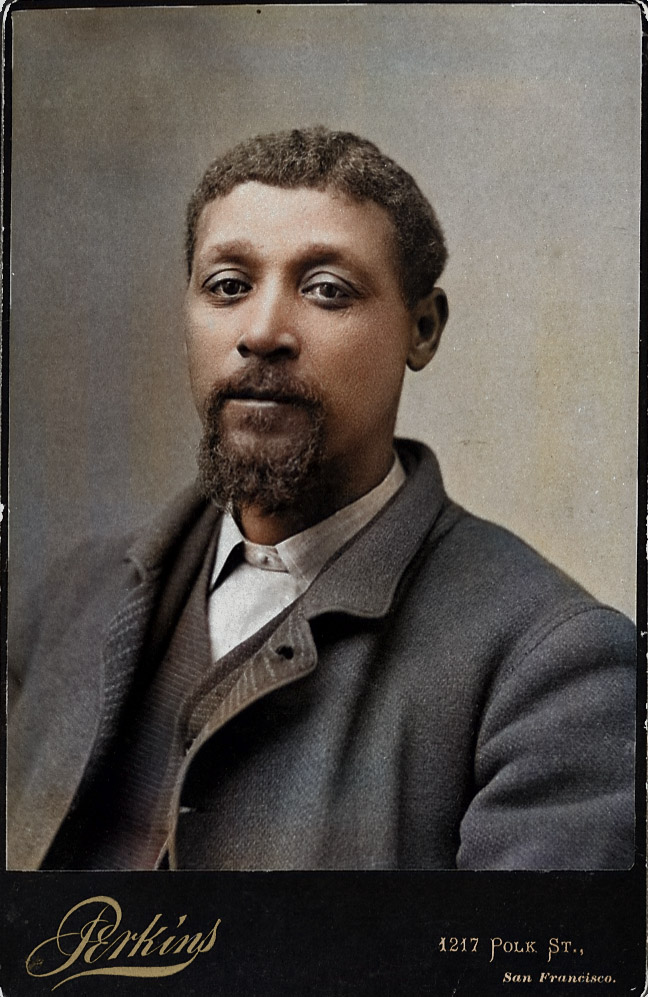YOSEMITE STAGE DRIVER
The Life and Times of George Monroe and His Family
By Tom Bopp
“Just as there are the greatest of soldiers and sailors, artists and mechanics at times
so there are greater stage drivers than their fellows and George Monroe was the greatest of all.”
– A.H. Washburn, Supt., Yosemite Stage & Turnpike Company
The Life and Times of George Monroe and His Family
By Tom Bopp
“Just as there are the greatest of soldiers and sailors, artists and mechanics at times
so there are greater stage drivers than their fellows and George Monroe was the greatest of all.”
– A.H. Washburn, Supt., Yosemite Stage & Turnpike Company


CHAPTER VIII - EXCERPTS
... Mary A. Monroe had guided her family to a respected place in history. Her son, celebrity stage driver George Frazier Monroe, had died at the height of his and his family’s achievements. Her husband, barber, farmer, and civil rights activist Louis Monroe died amid diligent efforts to sell their ranch and secure their future. Mary ended up back with the brother she’d helped raise seventy years before, whose loyalty had in turn helped Mary and her family immeasurably.
... All through the nineteenth century, cultural barriers were cracked open through enormous effort, sacrifice, and bloodshed. In lockstep with those efforts, the tenacious Monroes strained through each new opening in pursuit of their dreams.
Wielding the power of those dreams, George Monroe carried forward his family’s indomitable spirit, rising through the maelstrom of his era to a place of triumph and hard-earned recognition as “the greatest of all.”